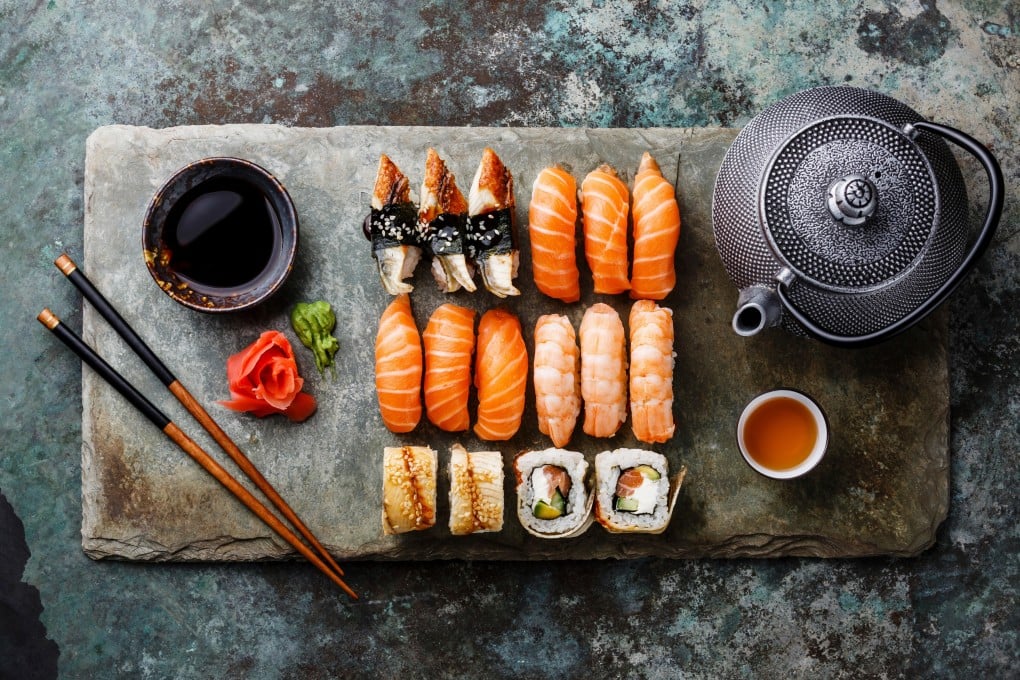Sushi is not from Japan: how raw fish and rice became a world favourite
- Sushi reached China, then Japan from its origins along the Mekong River in Southeast Asia, and was later exported to the US and the rest of the world
- The dish started out as fermented whole fish preserved with inedible salted rice. It has evolved with technology into what we know today

The Japanese dish of sushi is pretty much ubiquitous around the world. From nigiri, with its slice of raw fish on a mound of rice, to the maki roll wrapped in nori, or seaweed, sushi looks deceptively simple to make.
But there is so much more to sushi than meets the eye: the quality rests on the cut of the fish, its freshness and provenance, the origin of the rice, how it was prepared and seasoned, and the kind of vinegar and sugar used.
However, the sushi we know today tastes and looks very different to how it did centuries ago. First of all, the rice in the original “sushi” was not intended to be eaten. Mixed with salt, it was used to preserve the fish and then thrown out.
And sushi’s origins aren’t even Japanese, says Nobu Hong Kong executive sushi chef Kazunari Araki, who has more than 20 years of sushi-making experience.
The combination of rice and fish, he explains, originated in the third century along the Mekong River in Southeast Asia, where countries such as Thailand, Vietnam, Myanmar, Laos and Cambodia are now situated.
“The people who lived around the river would catch a lot of fish, and because the climate is so hot they had to find a way to keep the fish [from rotting]. People in the area were also making rice, so they found a way to keep the fish [fresh] by using a rice and salt [mixture],” Araki explains.